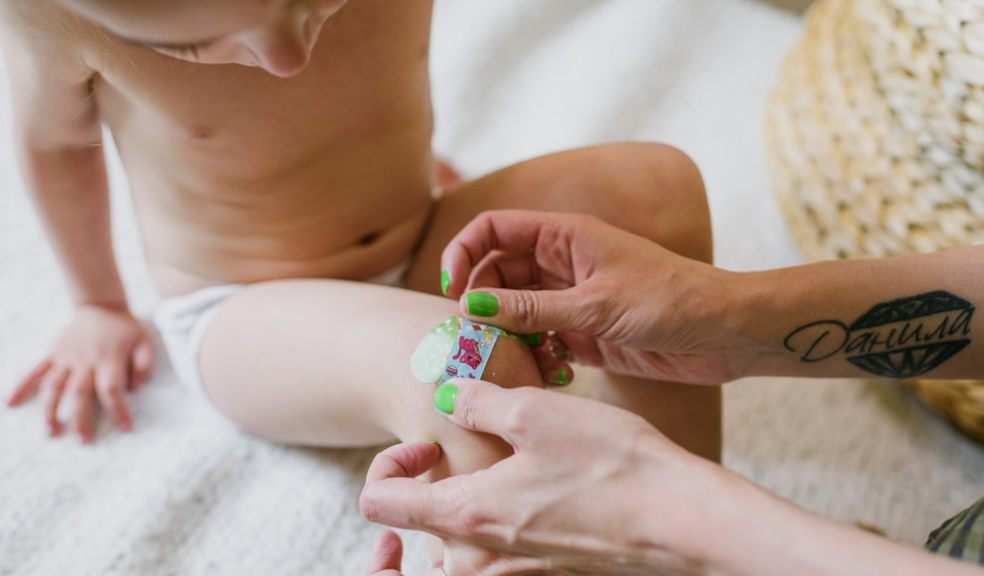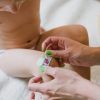
Handling pain in kids – Getting boo-boos is a part of growing up
Everyday encounters with pain are pretty standard for children, especially toddlers. Minor scratches and wounds are part of growing up and being a kid. This is how they learn, and these experiences are responsible for providing numerous opportunities for pain behavior socialization. Nonetheless, the internet seems to lack much information on these minor sufferings; we rarely talk about how to handle them exactly.
You can treat a majority of minor injuries at home; you should be aware that a little blood from such wounds and scrapes is typical. However, how they are treated can have a significant psychological impact on a child. If you find it challenging to handle it, mental health professionals at health2delivery are experienced in helping in these situations.
Immediate methods to calm the storm
- Relax your child and let them know you're there to help.
- Prior to treating an injury, carefully clean your hands.
- Stop the bleeding by applying pressure with a clean towel or bandage for several minutes.
- Wash the wounded area thoroughly with soap and water, but avoid scrubbing the wound. Allow several minutes for the water from the faucet to flow over it.
- Apply an antibiotic lotion or ointment to the affected area.
- If the area is on the hands or feet, or if it is likely to drain into clothing, cover it with an adhesive bandage or gauze pad. Frequently change the dressing. Rewash your hands when you've finished
- Check the area every day to ensure it is clean and dry. Make sure you wash your hands before and after any wound treatment.
- Try and stop blowing on the wound, as this might encourage the growth of germs.
The range of injuries your child may be subjected to might be a little baffling. Children are a depiction of confusion, after all. Here is how you can handle them.
Show them that you care
Whether you offer first aid or simply kiss the boo-boo well, children need to witness you are doing more and feeling in command. So it's necessary that you do something, even if all you can really do is cuddle them.
Keep calm to keep your child calm
How you handle the issue might significantly impact your child's anxiousness. If you freak out, your child will, too; if you maintain your cool, your child will likely calm down more quickly.
Keep them engaged and distracted
Distraction, the go-to method for many tough parenting situations, can assist children in moving on. After you've recognized their anguish, you can entertain them by singing songs, making ridiculous expressions, or telling jokes. All of these can help them go back to playing.
Ask them to explain what they are feeling
Involve children in their medication by letting them speak and explaining what's going on. This might make them feel more heard and in command. They are the ones who have been wounded, and they want to be a part of this. Allow him to administer the ointment, select their Band-Aid, or put the ice.
Kiss your child to make them feel comfortable
The curative effect of a kiss on a banged forehead or a wounded knee is a part fairy story and half fact. No, mom and dad do not have special kisses that give pain-relieving medication. However, there has been some truth to the claim that it can assist relieve pain.
Situations of concern that require immediate consultation for the kids
- Abdominal Pain
Stomach pain that appears to be there in the right lower portion of the belly, even around the belly button, worsens with walking, jumping, or applying pressure on it and is followed by a minimal fever, vomiting or diarrhea, or a swollen distended tummy in newborn babies could be caused by appendicitis, which necessitates immediate medical attention.
- Diarrhea
Dehydration has to be the most serious risk with diarrhea. If your baby or toddler has dropped 5% more than their body weight, seems to be lethargic, has sunken eyes, a dry mouth or lips, is crying but not making tears, has dry, pale, or wrinkled skin, urinates rarely, or has dark yellow urine, they may benefit from emergency medical treatment and IV fluids.
- High fever
Exhaustion which seems to worsen over time, a pale or dark complexion, dull or anxious facial gestures, a baby who still appears sick after the fever has gone, agonizing crying, or neck joint stiffness with vomiting in any baby or child may help them from a visit to the doctor's clinic. It may necessitate an urgent or emergent checkup.
Sometimes, it is difficult for the parents to identify conditions in children as every other child has different symptoms. It is vital to keep a check on the unusual behavior your child reflects so you can consult a professional as soon as it is required. No need to go hard on yourselves, it is okay if you have missed some signs!

















